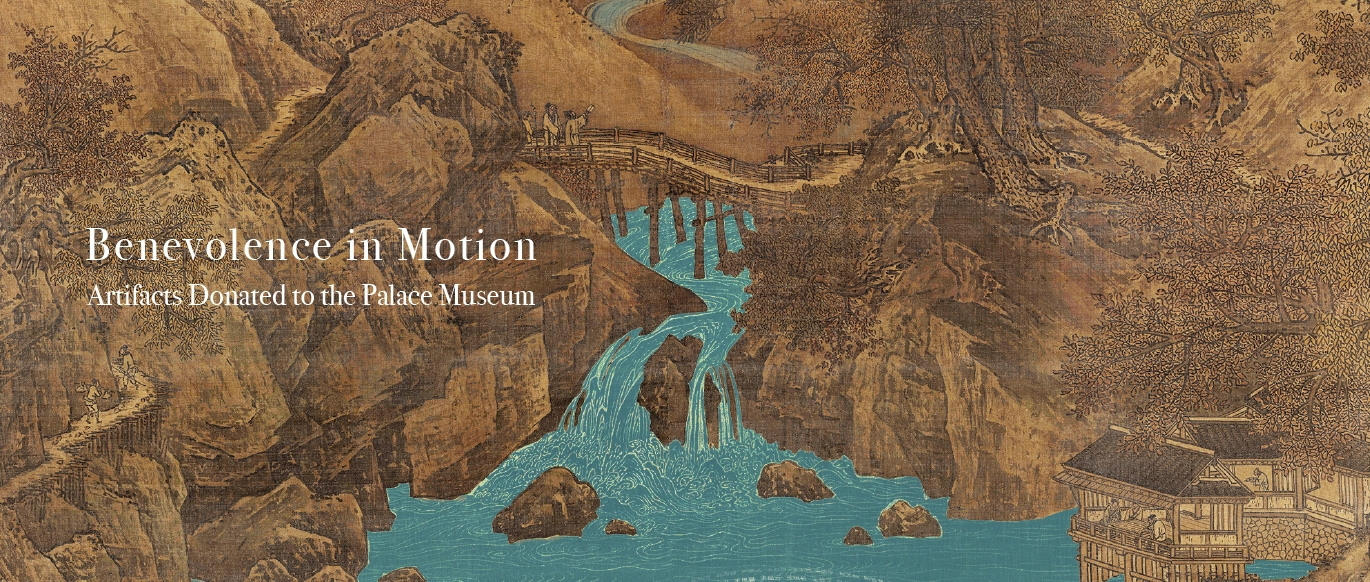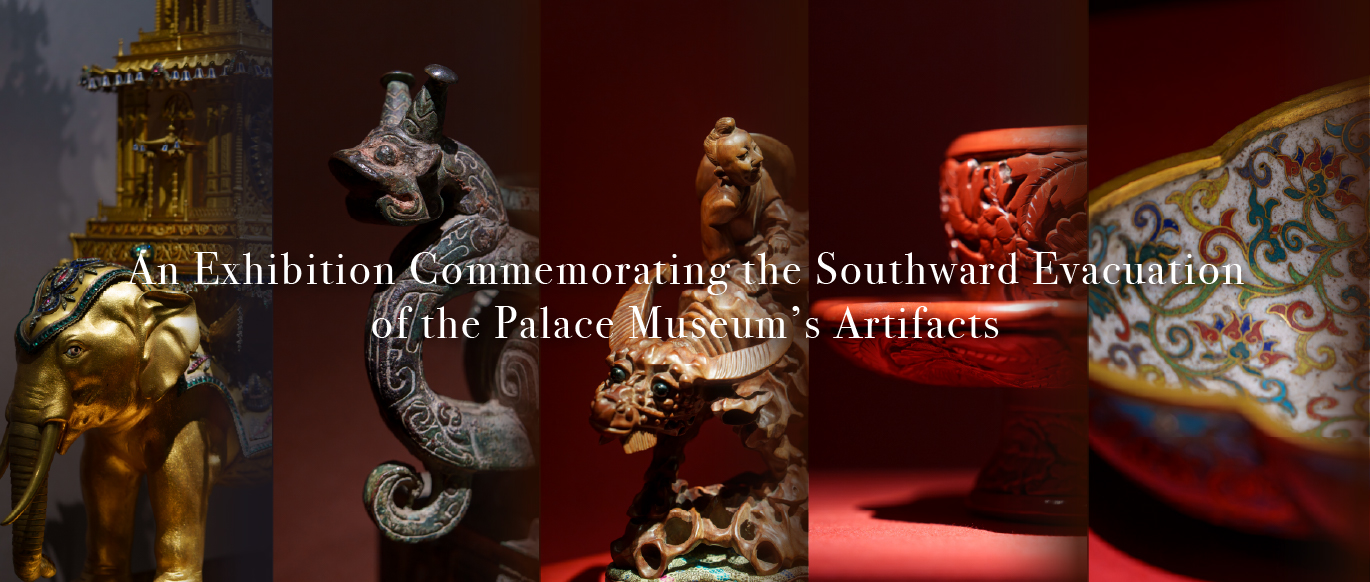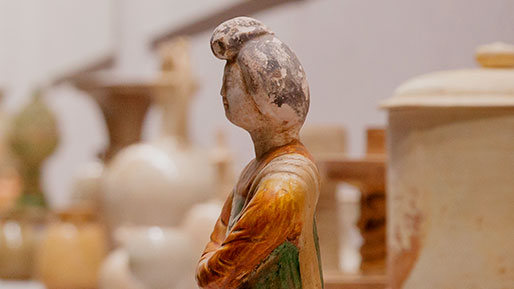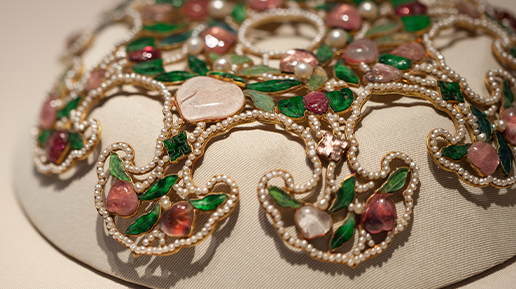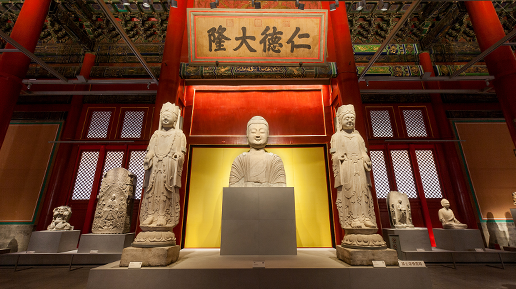Studies in bronze and stone inscriptions (jinshi xue, a type of epigraphy, which is the study of inscriptions) have flourished since the Qianjia era (the Qianlong and Jiaqing reigns, 1736-1820). Among experts in the field, Weng Qinxi (Weng Fangang, 1733-1818) was the most distinguished connoisseur, Qian Zhuting (Qian Daxin, 1728-1804) the master of textual criticism, and Wang Lanquan (Wang Chang, 1725-1806) the leading cataloguist. Over the past two centuries, an increasing number of ancient stelae and ink rubbings have been rediscovered. Wider audiences of many generations are able to enjoy these pieces thanks to media like photography and printing. In addition, the earth generously shares hidden treasures as more and more precious and rare objects are unearthed. Previous theories are either supported or refuted by newly discovered original source material, which provide current scholars with the latest information unavailable to previous researchers. Mr. Zhu Yi’an (1882-1937), a native of Xiaoshan (modern day Hangzhou in Zhejiang Province), descended from a grand secretary of the Tongzhi reign (1862-1874). Apart from painting and calligraphy, he was fond of ink rubbings from ancient stelae. Erudite and well versed in authenticating, Zhu Yi’an devoted much time and energy to collecting ink rubbings, completely filling his bookshelves. At great personal expense, he acquired an old copy of the ink rubbing The Sweet Spring at the Palace of Ninefold Eminence (Jiucheng gong liquan ming), the earliest edition to date. This noteworthy acquisition inspired the name of his study, the Ou Studio (Ou zhai), which is named after the original piece\'s famed Tang dynasty calligrapher Ouyang Xun (557-641). Although his pursuits were similar to that of Weng Qinxi (collecting Ouyang Xun’s calligraphy), Zhu Yi\'an had a broader vision. He meticulously analyzed the momentum behind each style of brushstroke and impartially compared the text of different versions. Conversely, Weng Qianxi had a concentrated scope of research. Despite the fact that Mr. Zhu had a specific scholarly interest in Ouyang Xun, his collection is eclectic, encompassing various rubbings from different stelae and allowing for the appreciation of various aesthetics. His achievements dwarf those of Weng Qianxi, who focused his energies on researching the rubbing of the re-carved Huadu Temple Stele from the Song dynasty (960-1279). With his comprehensive mastery of stele studies, he also rivaled the academic accomplishments of both Qian Zhuting and Wang Lanquan. No modern collection of ink rubbings can compare with or surpass that of Mr. Zhu’s collection in terms of its integrity and excellence. Perusing his collection is like exploring a mountain of treasures that yields a bounty of valuable information, personal benefit, and simple pleasures. [Excerpts from the preface of Inscriptions from the Ou Studio Collection of Rubbings (Ou zhai shimo tiba)]
Feedback
Your feedback
Verification Code




